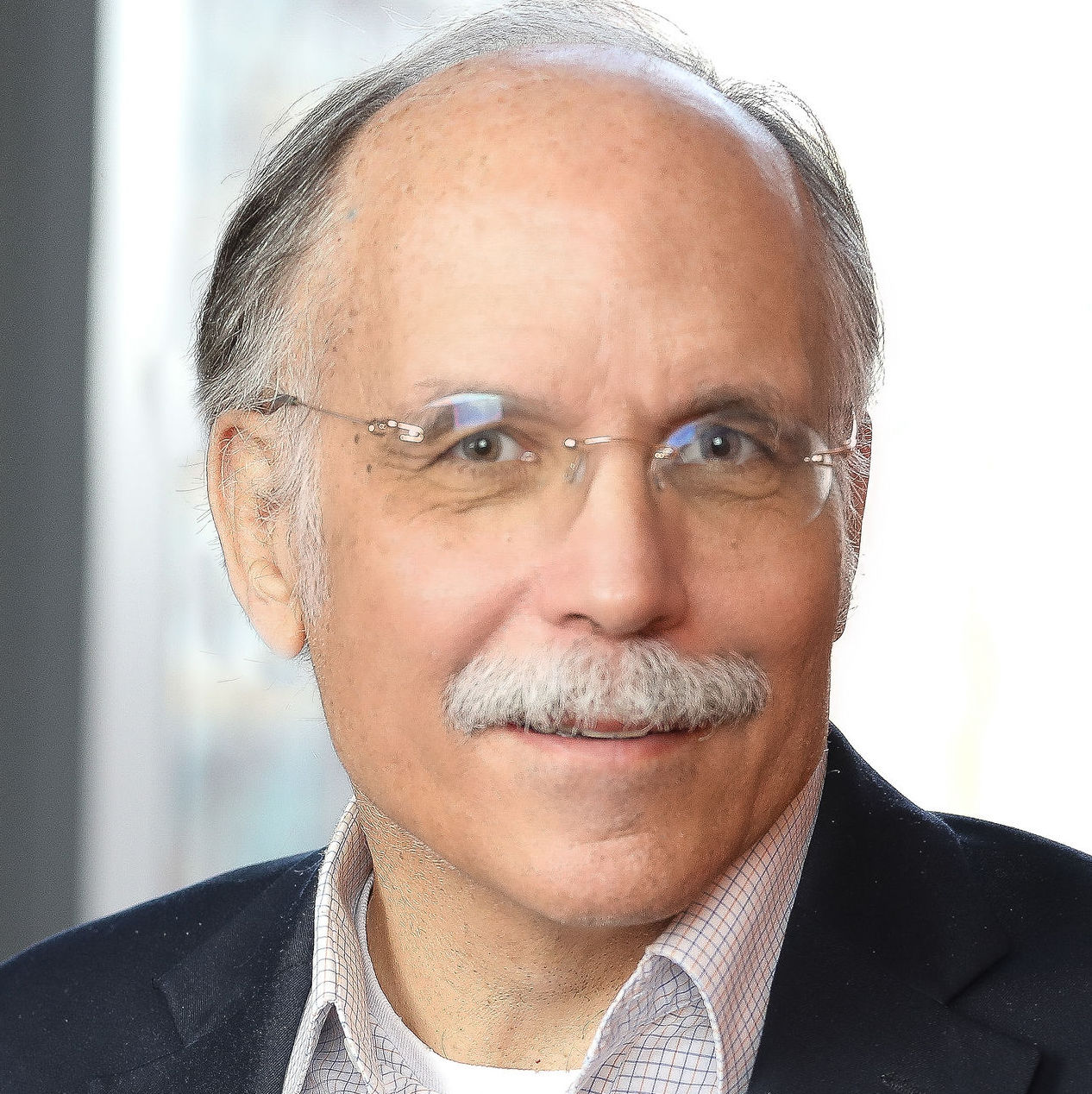Adaptive Challenges
Yesterday, a colleague asked why we don’t use the term “goals” with Strategic Doing. Instead, we focus on outcomes that we can measure. What’s the difference? The drawing below explains.
THE CHALLENGE OF ADAPTIVE CHALLENGES
When we encounter an adaptive challenge — a wicked problem with no set solution — we don’t really know what a solution looks like. All we have are hypotheses. In this situation, we should set outcomes, not goals.
Outcomes are multi-dimensional and somewhat uncertain. Yet, they provide the coherence and direction we need to move into action, to experiment. They point us to the design of new systems — new arrangements, connections, and routines — that improve our lives and provide better results.
GOALS PROVIDE FOCUS, BUT LIMIT LEARNING
Goals, on the other hand, are tightly drawn and specific. They work well with established routines, in situations with clear, tried solutions. They reflect a singular perspective. As we pursue them, we narrow our focus and reduce our field of view. Applying goals to an adaptive challenge carries a significant cost. We reduce our flexibility and restrict our opportunities to learn something new.
CASE STUDY: GENERAL ELECTRIC
In the early 1980s, I was a corporate strategy consultant with a boutique firm, an offshoot of the BCG. General Electric was our major client.
Under Jack Welch, GE in the early 1980s followed a simple strategic goal. Every business needed to be 1 or 2 in its market.
This singular focus led GE to reduce costs relentlessly. In both appliances and motors, where I worked, we reduced costs by moving manufacturing out of the US to lower cost locations. Labor costs drove decisions.
When industrial earnings growth slowed, Welch turned to finance.
By the time Immelt took over in 2001, the die was cast. The proud industrial company had become one of the nation’s largest banks. It could not survive the global financial crisis.
Immelt sold off non-industrial assets and reinvested in stock buybacks.
Relentless focus on Welch’s goals and stock price, driven by efficiency, led to underinvestment in the massive shifts taking place with the birth of the Internet. GE failed to see the enormous long-term potential. Its high-tech investments were late and too slow.
STRATEGY IN A COMPLEX ENVIRONMENT
In today’s world, strategy is becoming more of an adaptive challenge. We need approaches to strategy that are more open, collaborative, and agile. Approaches that focus on recombinant innovation: linking and leveraging assets (inside and outside the organization) to define new opportunities
This insight is not new.
In the early 1990s, at the birth of the commercial Internet, a new landscape was emerging. My strategy experiments began in 1993. After 12 years, I moved to Purdue for 15 years to run more rigorous testbeds. Now we have a validated protocol for strategy in complex environments.
The story is in my dissertation: https://bit.ly/SDPhD


The Founder of the Lab at UNA and co-author of Strategic Doing: 10 Skills for Agile Leadership, Ed’s work has focused on developing new models of strategy specifically designed to accelerate complex collaboration in networks and open innovation. He is the original developer of Strategic Doing.
